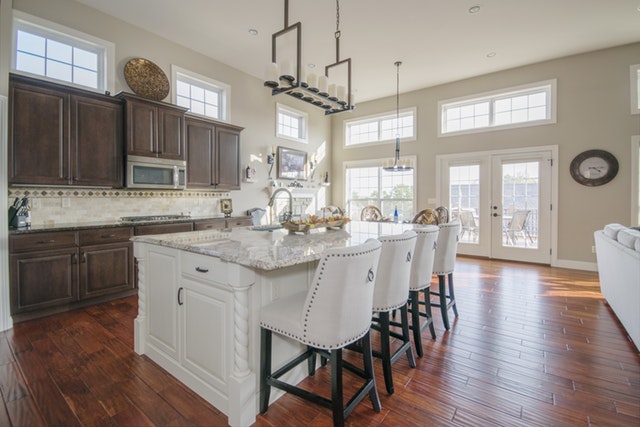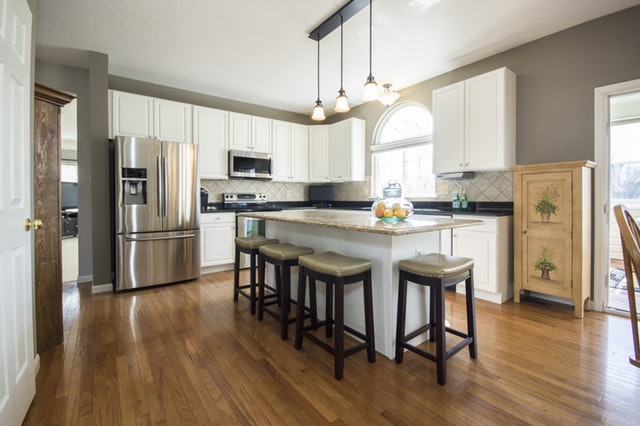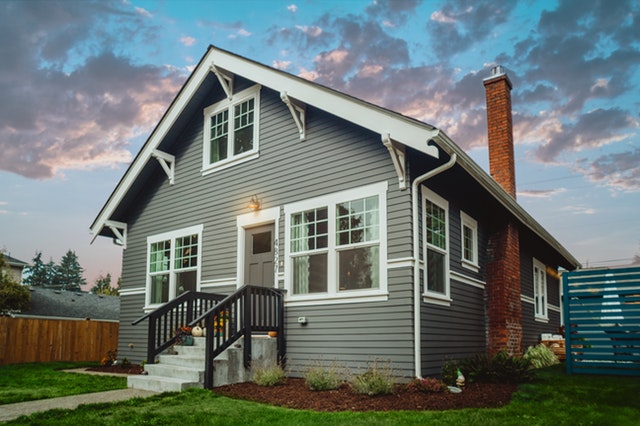 It can be confusing choosing the right countertop material for your kitchen. Here is a list of some common countertop materials along with their pros and cons. Knowing the differences will help you choose the right material to serve your needs.
It can be confusing choosing the right countertop material for your kitchen. Here is a list of some common countertop materials along with their pros and cons. Knowing the differences will help you choose the right material to serve your needs.
Quartz Countertops
Quartz is available in different colors and can have a luxurious appearance because it is a manufactured product. It is durable, which means it will not chip or crack as easily as natural stones. Quartz countertops have a non-porous surface which makes it easy to maintain by being stain resistant and it not harboring bacteria or viruses. Some may decide to stay away from Quartz since the price tag will be similar to natural stones while having a more contemporary look and not being as heat resistant as natural stones.
Granite Countertops
Granite is a natural stone product. It is most often chosen for its ability to deliver a luxurious look to any kitchen. Granite is able to withstand hard use and will not scratch even when cutting directly on it with a sharp knife. It is heat resistant, which means placing a hot pot from the stove onto the counter will not damage the stone. However, since Granite is porous, it can absorb liquids such as wine, juice, or oil that will create a permanent stain. The key to avoiding such stains is maintenance, the Granite countertop will need to be sealed once a year or depending on usage to cover the pores. A poorly sealed surface can also harbour bacteria in the pores.
Laminate Countertops
One of the biggest advantages of laminate countertops is that it can look like a natural stone countertop at only a fraction of the price. Laminate does not require any special products or maintenance such as sealing; it can withstand everyday use, and be replaced at a low cost. On the other hand, you need to be cautious with laminate. These countertops can be easily cut or scratched and they are not resistant to heat, placing a hot pot directly onto it can lead to a burn mark or discoloration.
With many countertop materials to choose from, it can be difficult to make a decision. Some of the more important questions to consider are porous or non-porous, durability, and price. At the end of the day you should chose something that fits your needs.
If you are in the market for a new home, be sure to contact your trusted real estate professional.
 Case-Shiller’s 20-city home price index for September reported the lowest pace of year-over-year home price growth in almost two years. Lower home prices balanced housing markets between sellers and buyers, but home prices continued to grow approximately two times faster than wage growth.
Case-Shiller’s 20-city home price index for September reported the lowest pace of year-over-year home price growth in almost two years. Lower home prices balanced housing markets between sellers and buyers, but home prices continued to grow approximately two times faster than wage growth. There are many home renovation projects that can increase the comfort and visual appeal of a dwelling. Owners who plan to sell their home in the future, however, prefer to focus on projects that will return a healthy profit at closing. Here are 5 renovation projects that positively impact a home’s resale value.
There are many home renovation projects that can increase the comfort and visual appeal of a dwelling. Owners who plan to sell their home in the future, however, prefer to focus on projects that will return a healthy profit at closing. Here are 5 renovation projects that positively impact a home’s resale value. Obstacles facing home builders have caught up with high builder confidence according to the National Association of Home Builders Housing Market Index for November. Builder confidence dropped eight points to an index reading of 60, which was the largest month-to-month drop in builder confidence since 2014. November’s decline in builder confidence was greater than the largest month-to-month decline during the housing crisis.
Obstacles facing home builders have caught up with high builder confidence according to the National Association of Home Builders Housing Market Index for November. Builder confidence dropped eight points to an index reading of 60, which was the largest month-to-month drop in builder confidence since 2014. November’s decline in builder confidence was greater than the largest month-to-month decline during the housing crisis. Buying a foreclosed home is easy, right? After all, they sell for pennies on the dollar, right? Well, that could be a false assumption. Buying a foreclosed property appears easy on TV, but in reality, it can be overwhelming.
Buying a foreclosed home is easy, right? After all, they sell for pennies on the dollar, right? Well, that could be a false assumption. Buying a foreclosed property appears easy on TV, but in reality, it can be overwhelming.  “Staging” a house means to prepare it for sale in ways that make it more attractive to potential buyers. Homeowners can do much of this staging work themselves and should get suggestions from their real estate agent. They can also hire a professional to do the staging work for them.
“Staging” a house means to prepare it for sale in ways that make it more attractive to potential buyers. Homeowners can do much of this staging work themselves and should get suggestions from their real estate agent. They can also hire a professional to do the staging work for them.